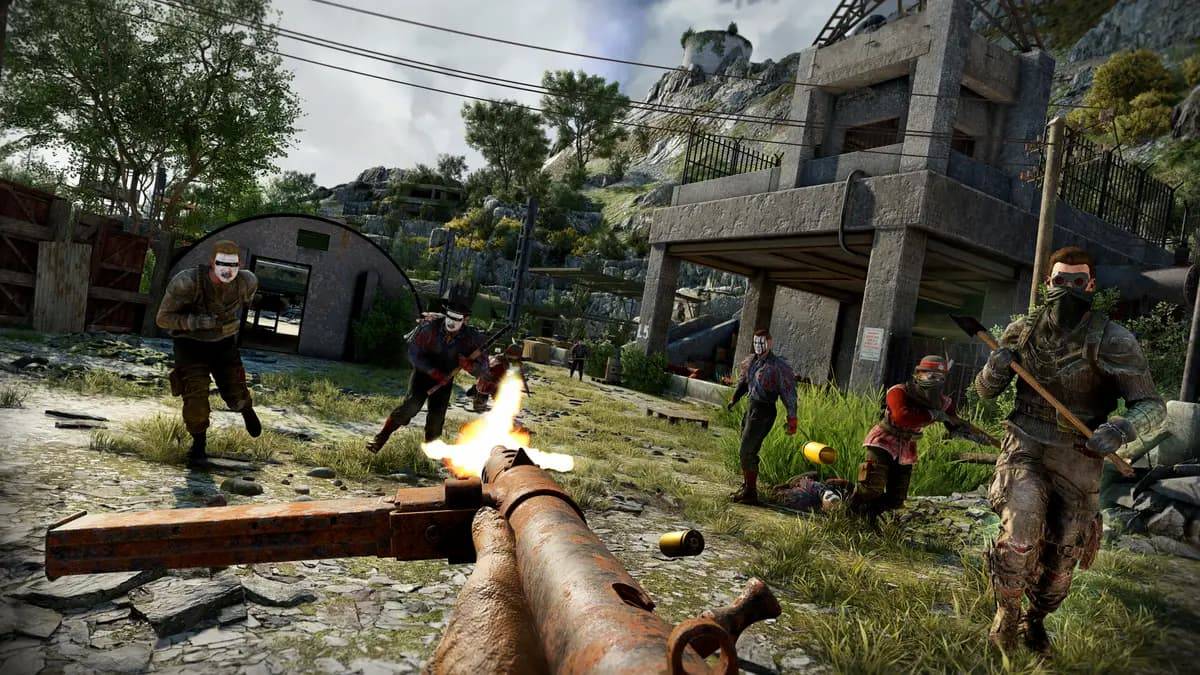If you’re an avid player of Azur Lane, you’ve likely noticed how the game constantly evolves with each update. As you focus on collecting and upgrading your ships, managing equipment, and building strategic fleets, the developers are equally busy fine-tuning ship stats and skills to maintain game balance. These balance patches can dramatically influence the meta, making it crucial for late-game commanders to stay informed—especially since optimized rosters depend on these updates. This guide will walk you through the latest buffs in Azur Lane, explaining their significance and how they shape gameplay today.
Why Ship Balance Matters in Azur Lane
Like many gacha games, some units in Azur Lane naturally stand out, while others struggle to find their place. However, balance updates frequently aim to create parity. Underperforming ships receive stat boosts, skill reworks, or cooldown reductions, making them competitive again. This is excellent news for players who may already own these ships but haven’t been using them. Revisiting older units with these changes in mind allows you to diversify your lineup without relying solely on newer additions.

Rebalanced Skills: More Impactful Than You Think
One of the most thrilling aspects of these updates is how skill changes can redefine a ship’s role. For example, some destroyers that were once purely support-based now boast buffs that enhance their firepower or evasion stats, allowing them to take a more active role in combat. Other ships like Montpelier and Honolulu have seen improvements in skill activation rates or enhanced debuffs, making them invaluable in PvP formations. For a comprehensive breakdown of which ships dominate the current meta, check out our Best Ships Tier List.
Balance Patches and Meta Shifts
Every time a set of buffs is rolled out, the meta shifts accordingly. Ships that were once overlooked now rival S-tier units in performance. This constant evolution keeps the game engaging and prevents monotony. In the most recent patch, several light cruisers and destroyers received boosts, making them viable as frontline tanks or reliable damage dealers. Don’t underestimate ships like Atlanta or San Diego—once overshadowed, they’re now gradually reclaiming their place thanks to their revamped abilities.
How These Changes Affect Equipment Choices
When ships receive buffs—whether it’s related to stats or skills—it’s time to reassess your equipment strategy. A newly buffed destroyer might now benefit more from torpedoes with high cooldown bonuses, while a cruiser’s increased survivability could justify more aggressive gear. Reassessing your loadouts ensures maximum performance. For further assistance in optimizing your equipment post-buffs, explore our Upcoming Meta Ships Guide for theoretical analysis and predictions.
Rebuilding Your Fleet With Buffed Ships
With balance changes, it’s wise to revisit your main fleet composition. Ships that were retrofitted or buffed may now outperform your usual picks in specific missions. Experiment with different combinations during exercises or events before investing resources, especially when testing synergy with newly buffed support units. Even minor skill tweaks can significantly reshape team dynamics.
A Game That Grows With You
Azur Lane proves time and again that it’s more than just a collection-focused game. Every ship rework and balance patch encourages players to revisit old favorites and reconsider their potential. These updates reflect both fairness and the developers’ dedication to keeping all ships—old and new—relevant across various game modes. For the ultimate gaming experience, try playing Azur Lane on BlueStacks, which offers a larger screen and smoother gameplay.








